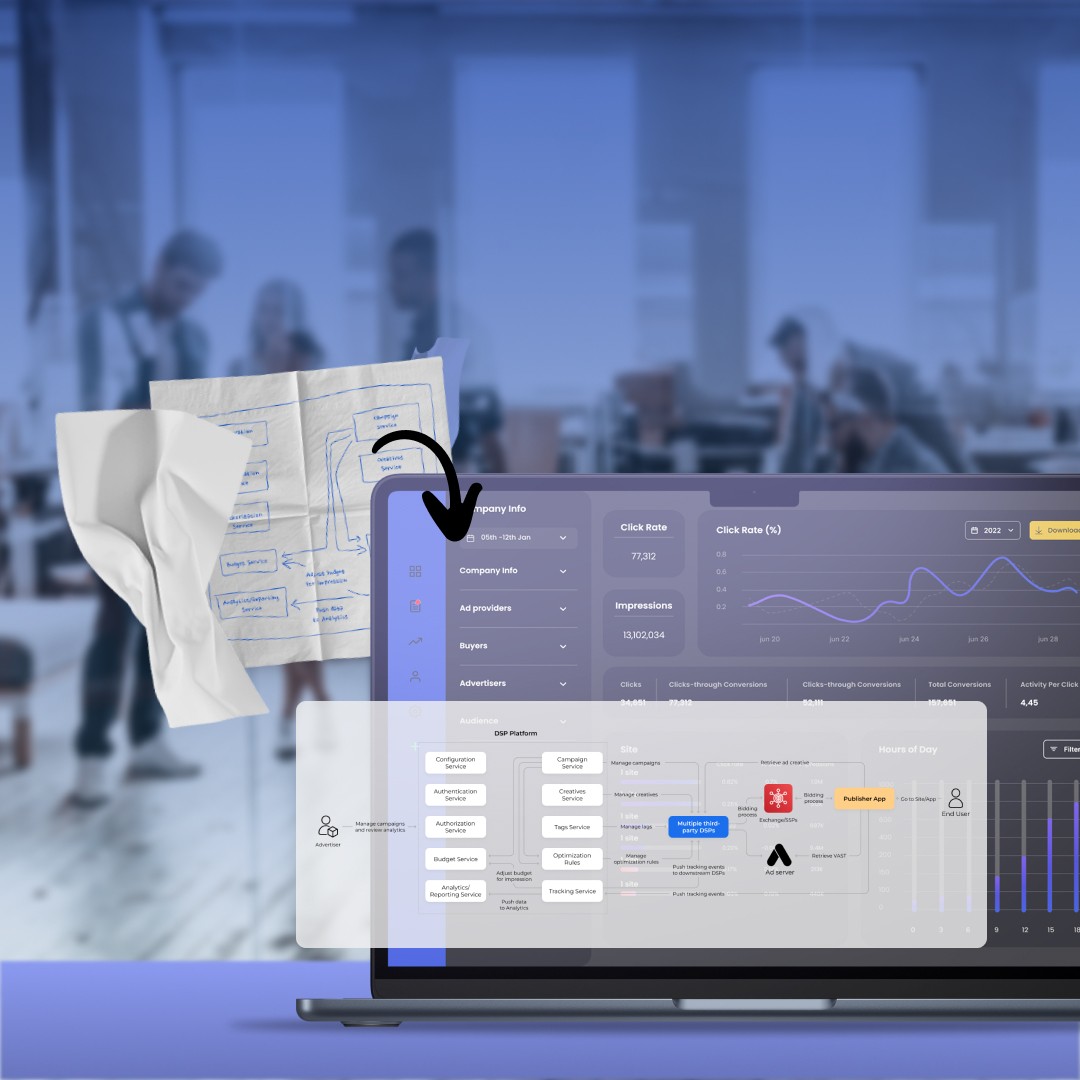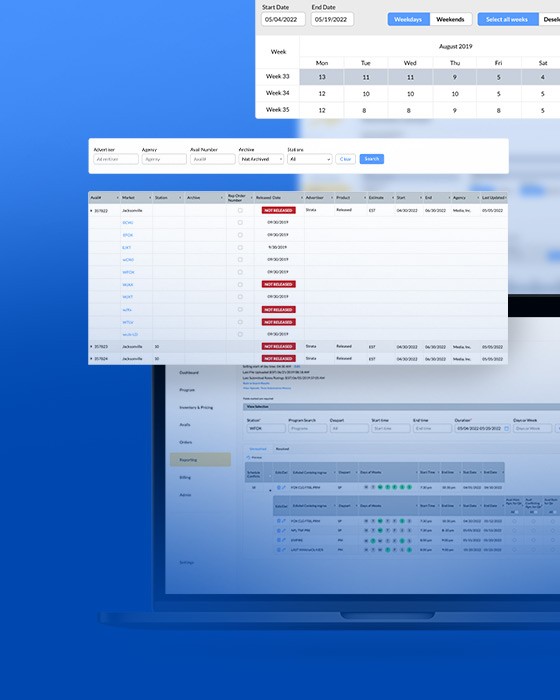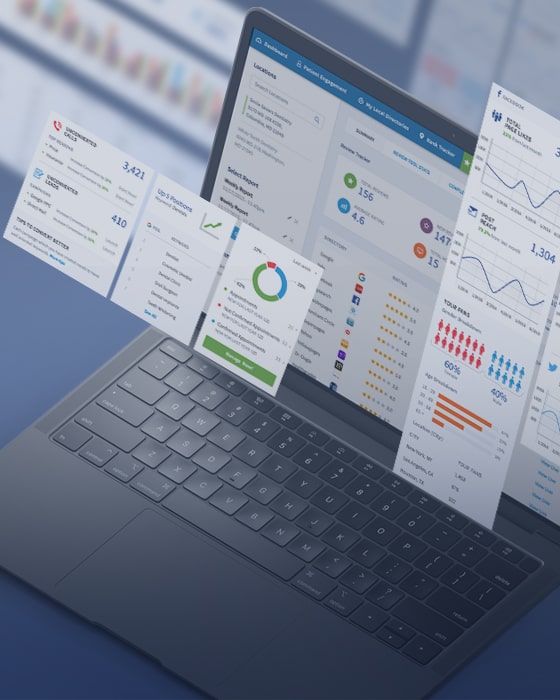Solution to craft
With all the aforementioned challenges in mind, Oxagile endeavored to create an orchestrator that enabled seamless communication with different DSPs, integrated them under one roof, and introduced a handy UI to quickly configure, launch, and analyze efficient campaigns.
Additionally, the client can opt for its SAAS model and distribute the aggregator to their customers.




























